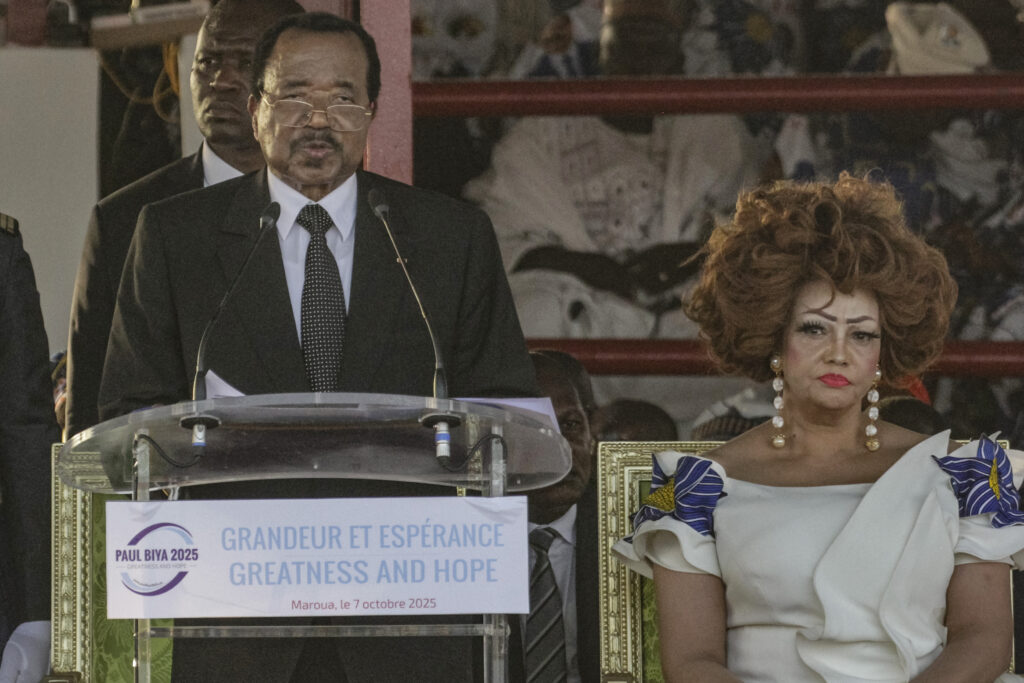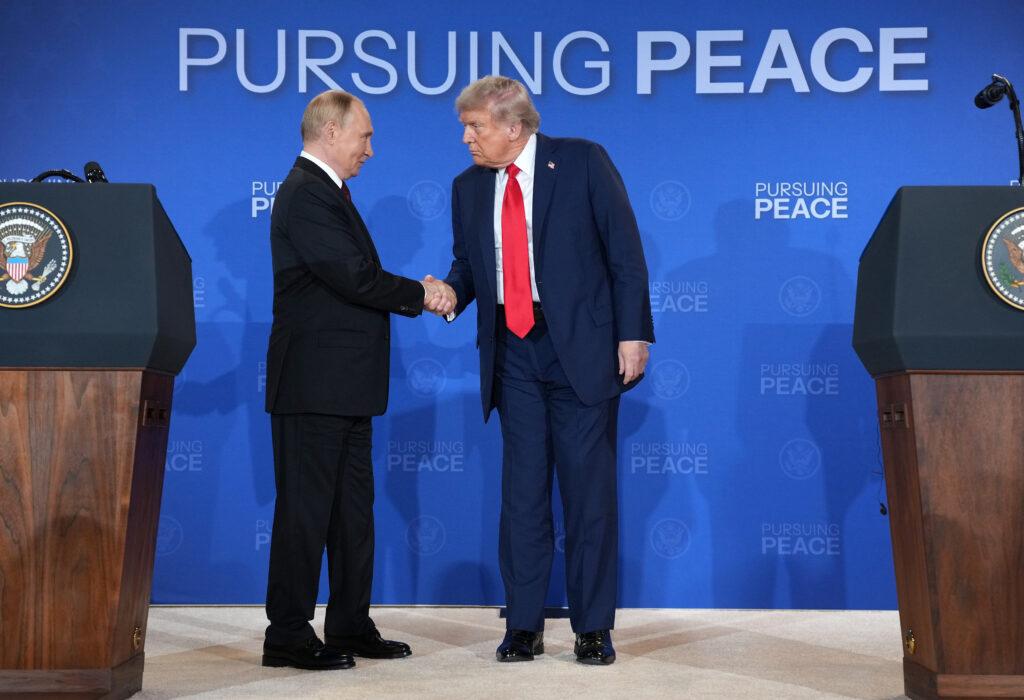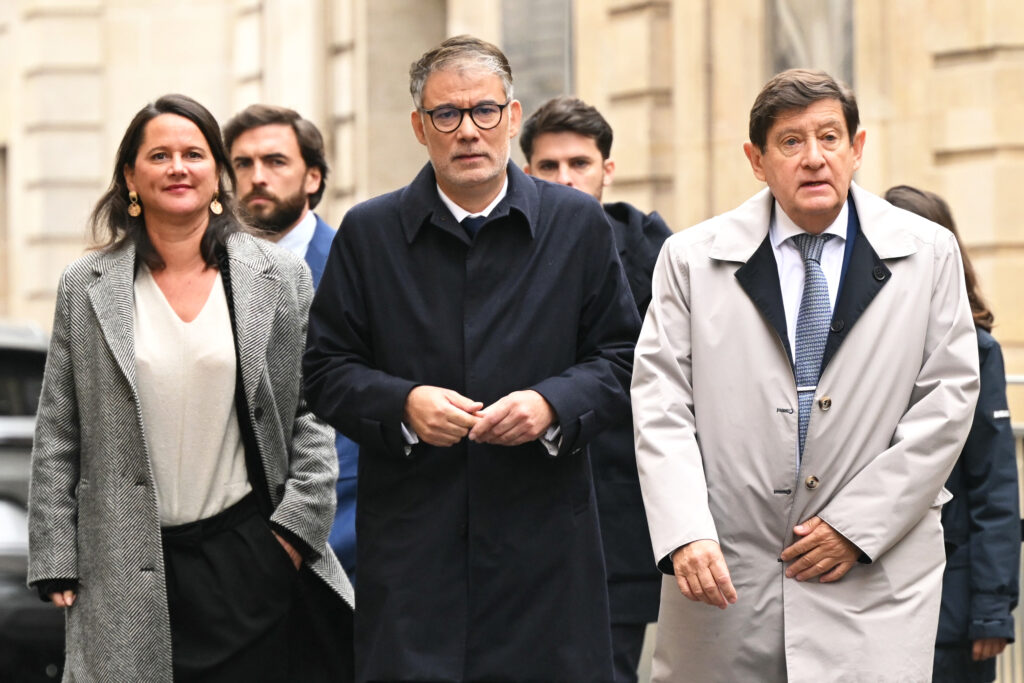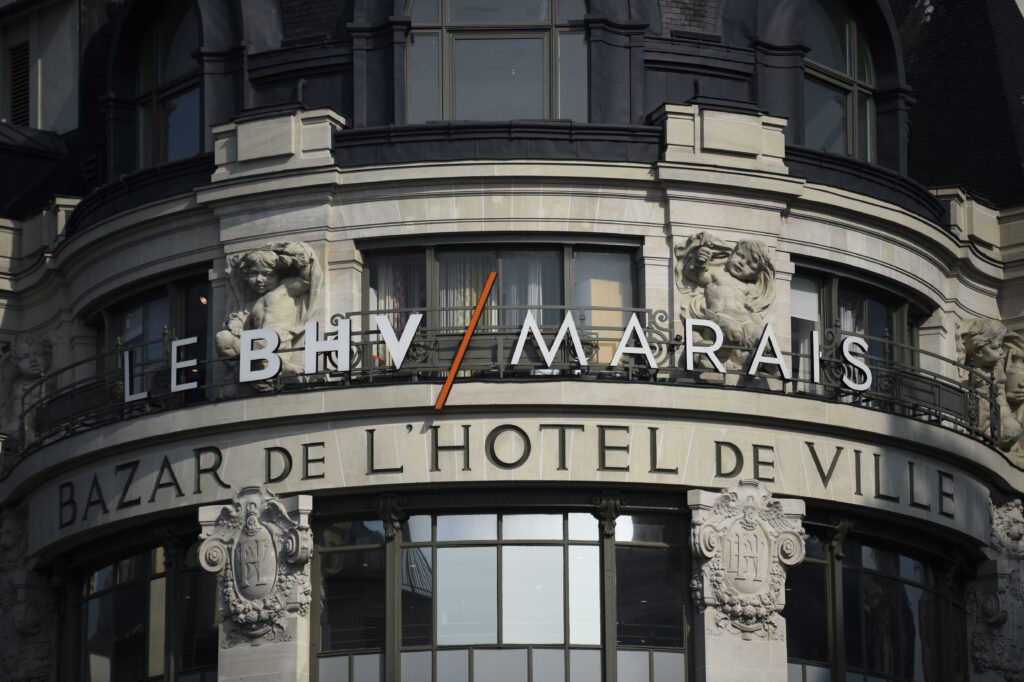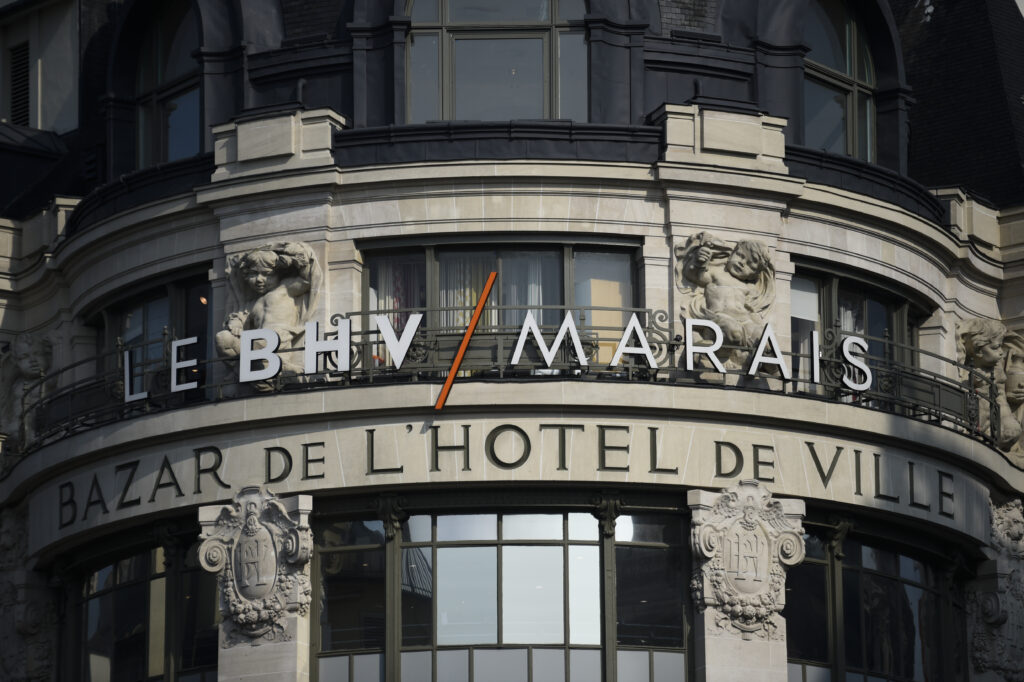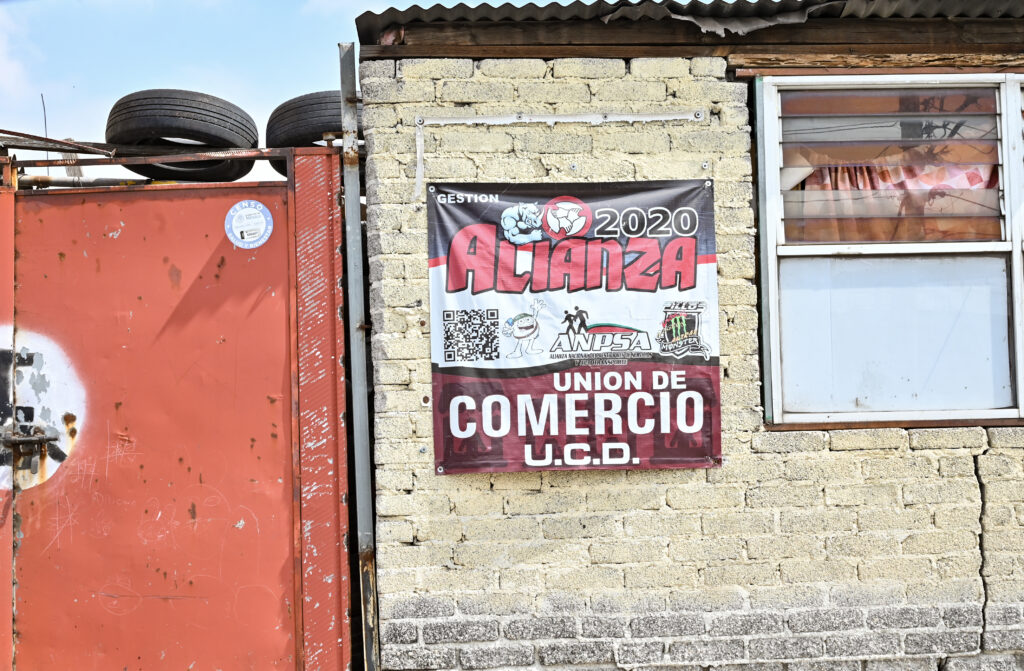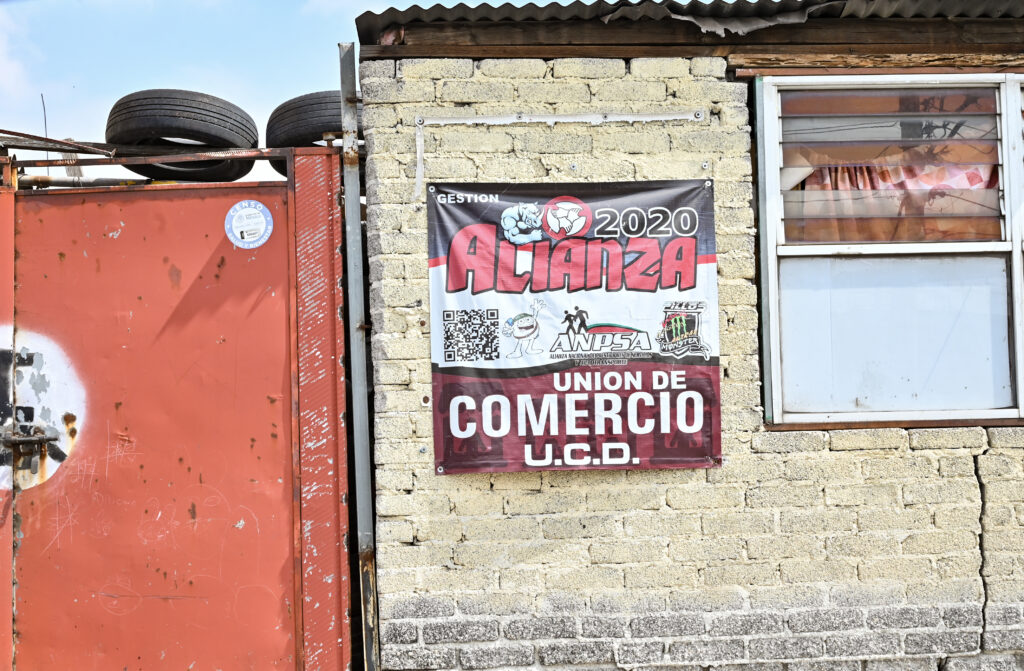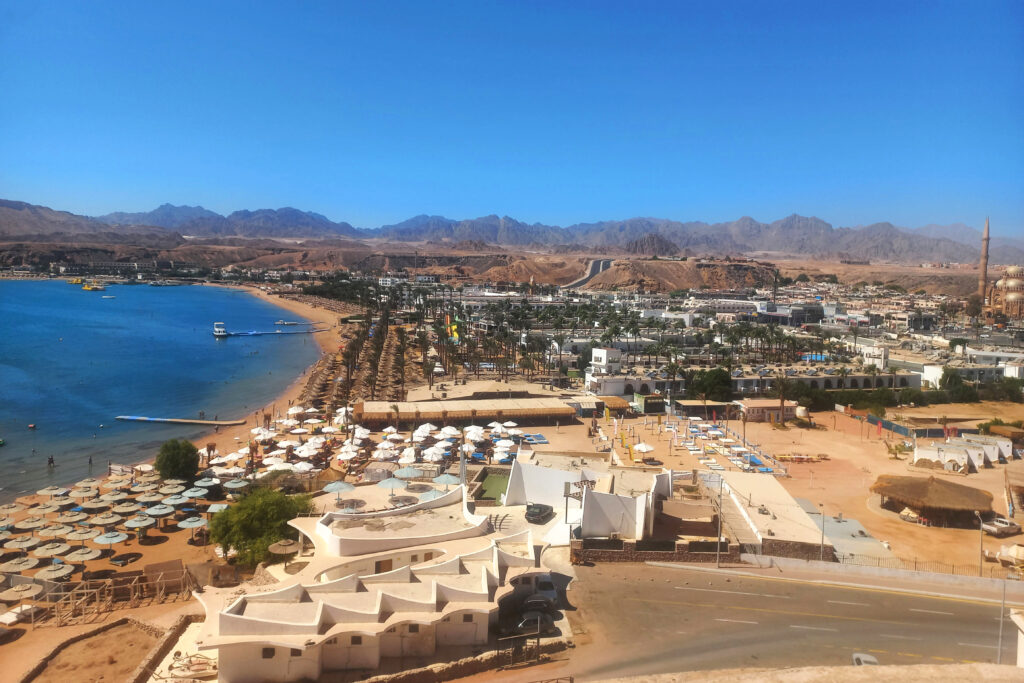New documentary shows life in Gaza for AFP journalists
A new documentary tells the story of AFP journalists who were trapped in the Gaza Strip at the beginning of the Israeli offensive, witnessing the destruction of their own reality through a lens.Independent journalist Helene Lam Trong’s documentary “Inside Gaza” will be screened at the Bayeux prize for war reporters on Thursday in the presence of six of the seven permanent AFP journalists who covered the beginning of the Gaza conflict.It traces their daily lives after October 7, 2023, when Hamas attacks in Israel led to the deaths of more than 1,200 people, according to an AFP tally based on official Israeli figures.Then came the Israeli offensive, which has killed more than 67,000 people, according to figures from the Hamas-run health ministry — figures the United Nations considers reliable.Day after day, the journalists had no choice but to document the unimaginable suffering of their own people.”I wanted to explain what this profession is, which is primarily carried out in the field,” filmmaker Lam Trong said.”Inside Gaza,” which was co-produced by AFP’s documentary production unit at Factstory along with Arte and RTBF, almost exclusively relies on AFP images, mostly taken by the journalists who testify in it.- Attempts to discredit -Reporting in Gaza means being surrounded by children who are injured or in shock, and dead bodies wrapped in shrouds or buried under the rubble.There is no let-up, as Israel has forbidden foreign journalists from entering the Palestinian territory.”They are seasoned journalists in their fifties, and they know how to maintain their rigour under conditions of extreme urgency and discomfort,” said Lam Trong, who conducted lengthy interviews with them after they left Gaza in early 2024.But attempts to discredit these journalists are frequent.AFP journalist Mohammed Abed recalls several Western media outlets asking him to prove that a child had died, after pro-Israel lobby groups claimed that a photo he had taken of a father embracing his dead child in a shroud was actually that of a doll.”We have rarely seen such questioning of information disseminated by experienced journalists,” said Lam Trong. “Palestinian journalists have faced the ultimate level of distrust from the media.”- Journalists a target -What is broadcast is severely downplayed, the director said, describing a careful curation process and a decision to remove the most disturbing footage from the film — a difficult task given the extent of Gaza’s destruction.AFP’s seven journalists and their families were evacuated between February and April 2024 and now reside in Doha, Cairo and London, struggling with post-traumatic stress disorder. The news agency is now working with a dozen freelancers in Gaza.”The purpose of the film is to provoke reflection on what journalists do” as the profession faces global threats — particularly in Gaza, where the press is constantly targeted, said film producer and Factstory’s documentary unit head Yann Ollivier.”I hope that those who claim there are no journalists in Gaza will be compelled, after watching this film, to acknowledge that there are indeed journalists there, and that they adhere to the ethics of factual journalism,” he told AFP.Around 200 journalists have been killed in the Gaza Strip since the war began, according to the Committee to Protect Journalists and Reporters Without Borders.The documentary will be broadcast on French-German TV channel Arte on December 2.

